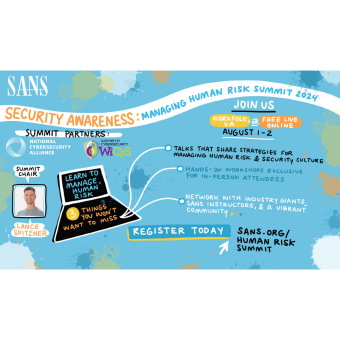How to Ensure Security and Productivity for Employees Working Remotely through Zoom, Teams, WebEx and other Collaboration Applications
The COVID-19 pandemic has caused many businesses and government agencies to jump into remote work for the first time and for others to rapidly expand their remote worker count and levels of access. Security teams need to be proactive in supporting and securing remote work to keep the business running. This will also be the new normal long after mandates from the pandemic have been lifted. For security teams to succeed, we need to find ways to maintain and even improve security without sacrificing the productivity of remote employees.
During this webinar, well discuss the challenges of dealing with the increased attack surface of laptops and other devices that are no longer on corporate networks as well as remote work being done on employees home computers. Additionally, well analyze the security implications of the proliferation of collaboration applications like Zoom, Microsoft Teams, and GoToMeeting. Most of the webinar will be spent providing actionable recommendations on how to increase security awareness of the new remote workforce and the tools and controls needed to mitigate the inability of traditional endpoint security controls to work in this environment. Finally, we will demonstrate a scenario in which malicious code is used to hijack a live Zoom session. During this simulation, the code will record the victim's session by triggering Zoom's record and chat save functionality without notifying the victim so they are unaware that the session is even being recorded.





